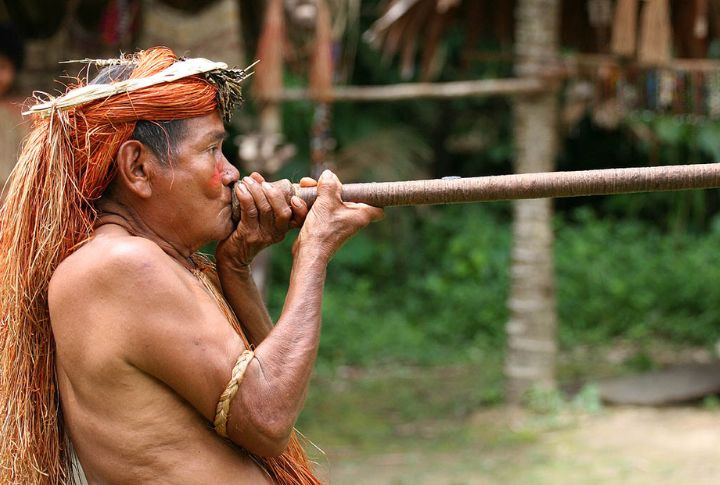
A well-placed strike could mean the difference between life and death. Across vast terrain, Native American tribes crafted weapons that embodied precision, adaptability, and sheer ingenuity. Every tool had a purpose beyond battle, blending survival with strategy. Some of these innovations reshaped combat entirely. Others quietly endured, hidden in history. Let’s explore how these weapons shaped Native survival.
Rabbit Stick: The Silent Hunter
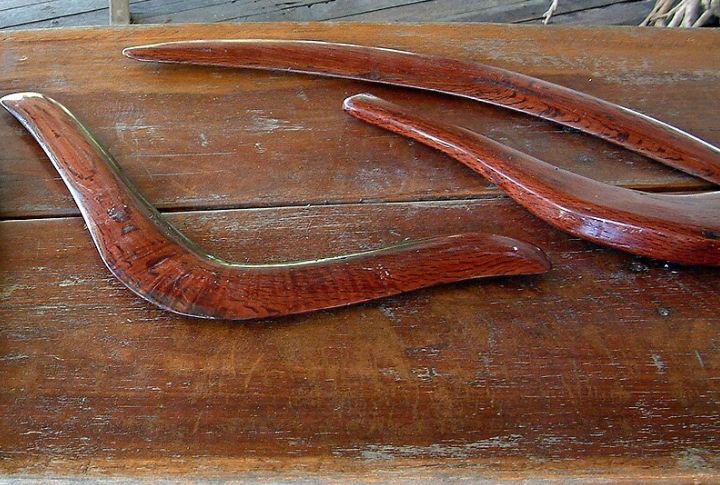
Sometimes, the simplest tools proved the most effective. The rabbit stick, a curved wooden throwing club, was widely used by Native American tribes such as the Hopi and Navajo. Designed to spin in the air, it struck a small animal with force. Rabbit sticks were an essential survival tool for both hunting and defense.
Gunstock War Club: Adaptation Of European Influence
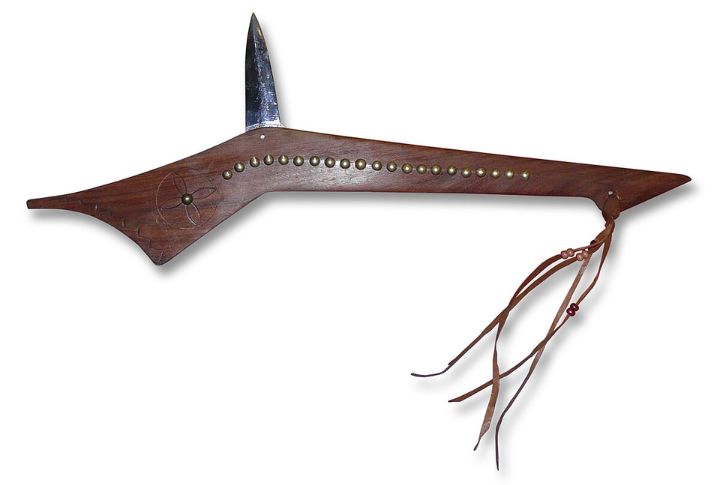
After encountering the Europeans, the Great Lakes tribes crafted an effective hybrid weapon: the gunstock war club, modeled after muskets, with a sharpened edge. Some were reinforced with iron for added impact, while others remained entirely wooden. The use was first recorded in the 17th century, but by the 19th century, the Lakota tribe was still in possession of them.
Sheephorn Bow: A High-Strength Composite Weapon
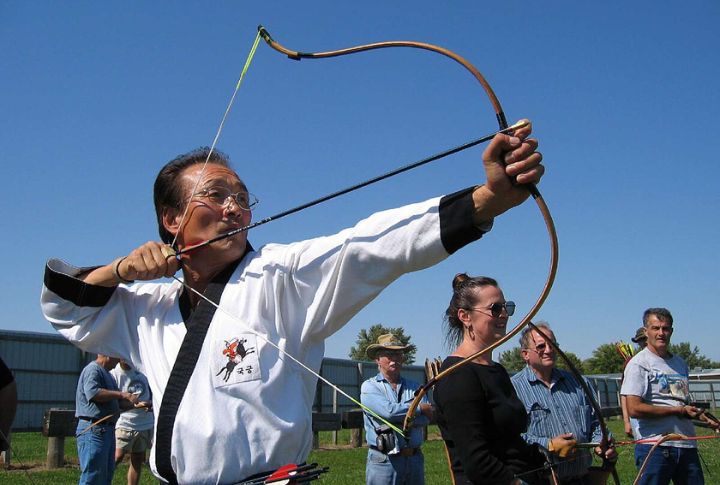
Made from bighorn sheep horns, this bow surpassed simple wooden varieties in durability and power. Used primarily by the Shoshone and other mountain tribes, its carefully layered construction created a flexible yet formidable hunting tool. The bow’s compression strength allowed it to propel arrows with great force. It was crafted by boiling the horn of a bighorn sheep to mold it into the shape required.
Stone-Headed War Club: A Battlefield Favorite
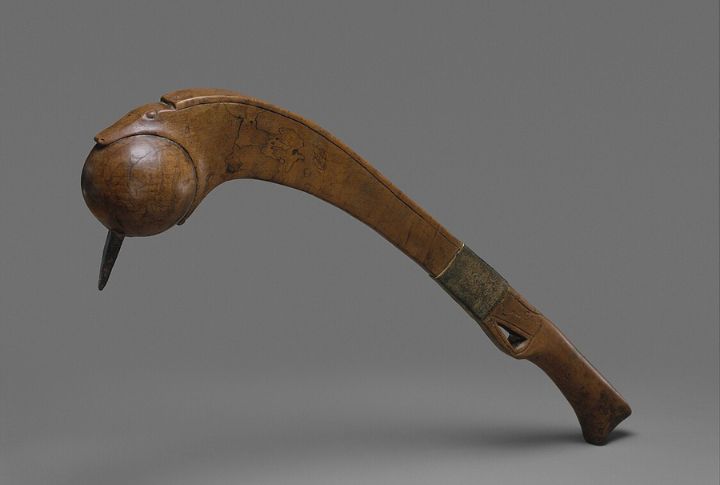
Native American warriors favored stone-headed clubs for their simplicity and impact. The Sioux and Comanche carved these weapons from hardwood, securing oval or round stones with rawhide strips. The knives and arrows were not reusable like war clubs and required minimal maintenance, but they were invaluable during prolonged skirmishes.
Pipe Tomahawk: Versatility In War And Survival
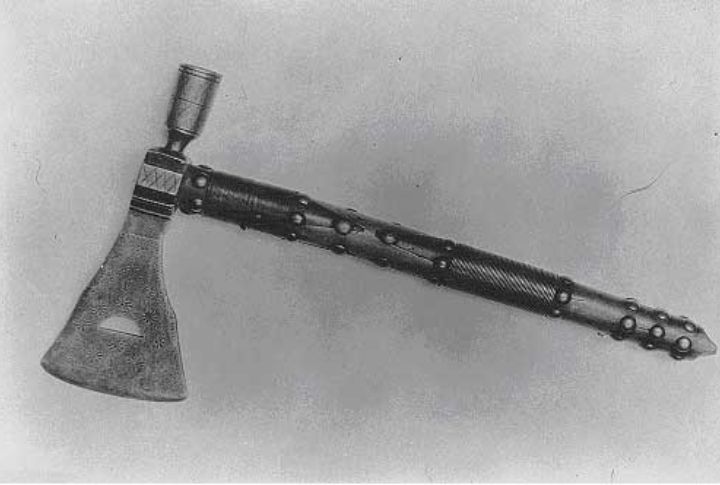
A warrior’s tool and a craftsman’s necessity, the tomahawk doubled as a smoking pipe. Initially made from sharpened stone or deer antler, its design improved after European contact, incorporating iron blades. The Algonquian people are said to have created the tool originally, and they play a key role in diplomacy and ritual practices.
The Sling: A Versatile Tool For Hunting And Defense
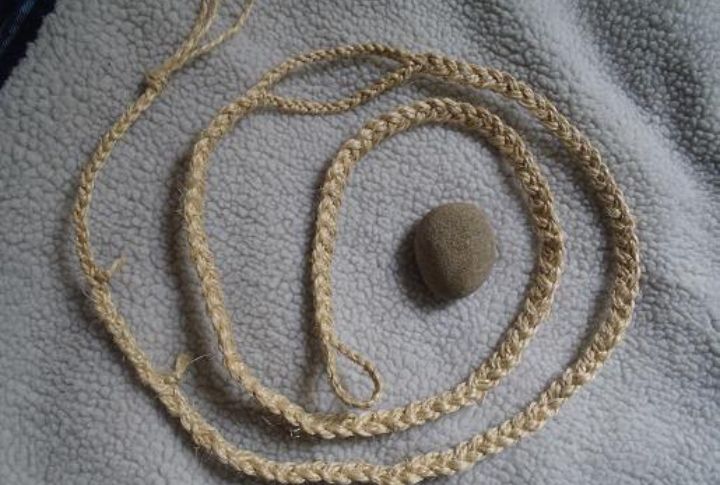
The sling, a fundamental weapon among many Native American tribes, was prized for its simplicity and effectiveness. Comprising two cords attached to a leather pouch, it could hurl stones with remarkable force and accuracy. Children were taught from a young age to use the sling, a key tool for hunting small animals and, if needed, for protection.
Sioux Dag Knife: A Blade Of Strength And Status
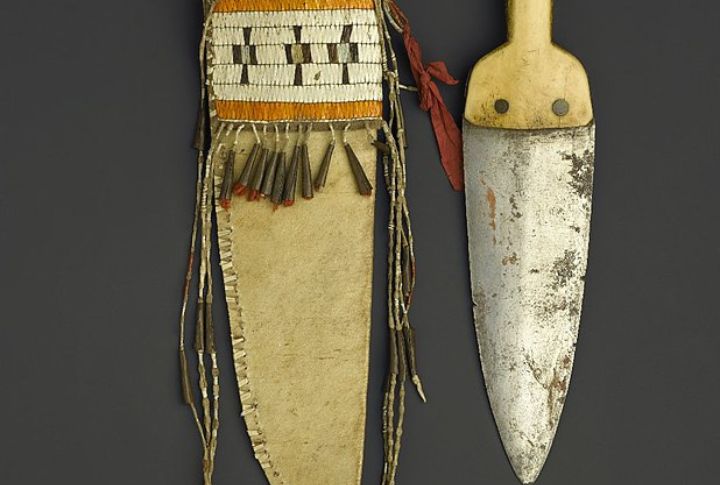
A weapon of utility and prestige, the Sioux dag knife was a long, double-edged blade carried by warriors of the Great Plains. Also known as the beavertail dagger, it typically featured an iron or steel blade acquired through trade. Its hilt was often elaborately decorated with beadwork or carved wood. The Sioux dag knife was used in close combat and as a hunting tool.
Skinning Knives: Essential For Survival And Craftsmanship
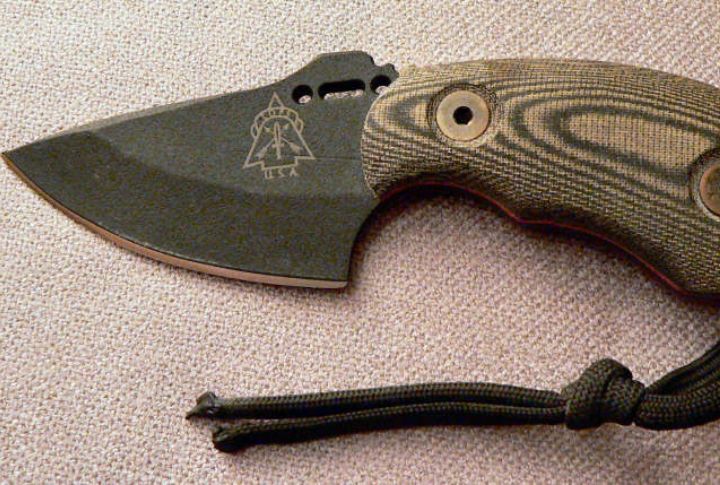
With sharp edges and ergonomic grips, skinning knives were indispensable tools for Native American hunters and craftsmen. The specialized blades, often crafted from flint or later steel through trade, allowed for the precise removal of animal hides used for clothing, shelter, and trade. Tribes like the Chippewa and Iroquois perfected their designs to process animal hides more effectively.
War Hatchet: The Close-Quarters Combat Solution

Distinct from the tomahawk, war hatchets were designed specifically for combat rather than general utility. With a shorter handle and a sharper edge, these weapons provided swift, devastating blows in one-on-one fights. Some war hatchets had steel blades, making them even more effective in combat scenarios, and the Lakota tribe is recorded using them.
Blowguns: Precision Hunting And Early Pest Control
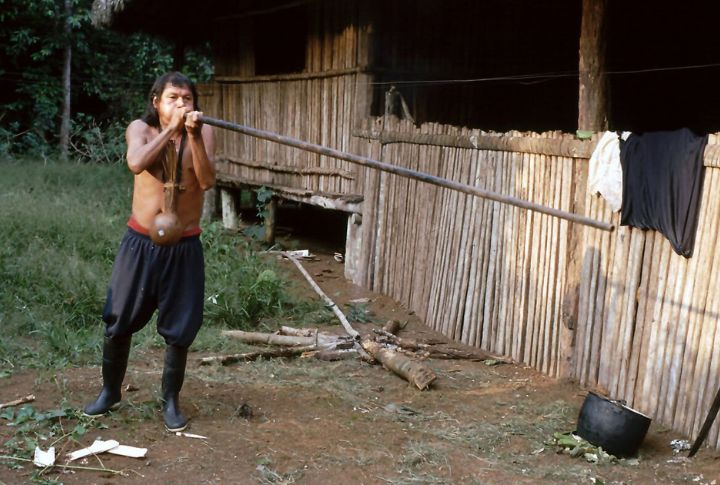
Cherokee blowguns were crafted from river cane, measuring 6 to 9 feet long. The darts were made from locustwood or other hardwoods such as oak, ash, maple, and walnut. Fletched with thistledown or rabbit fur, the darts created an air seal for range. Pre-adolescent Cherokee boys used smaller blowguns to control rodent populations in villages.

